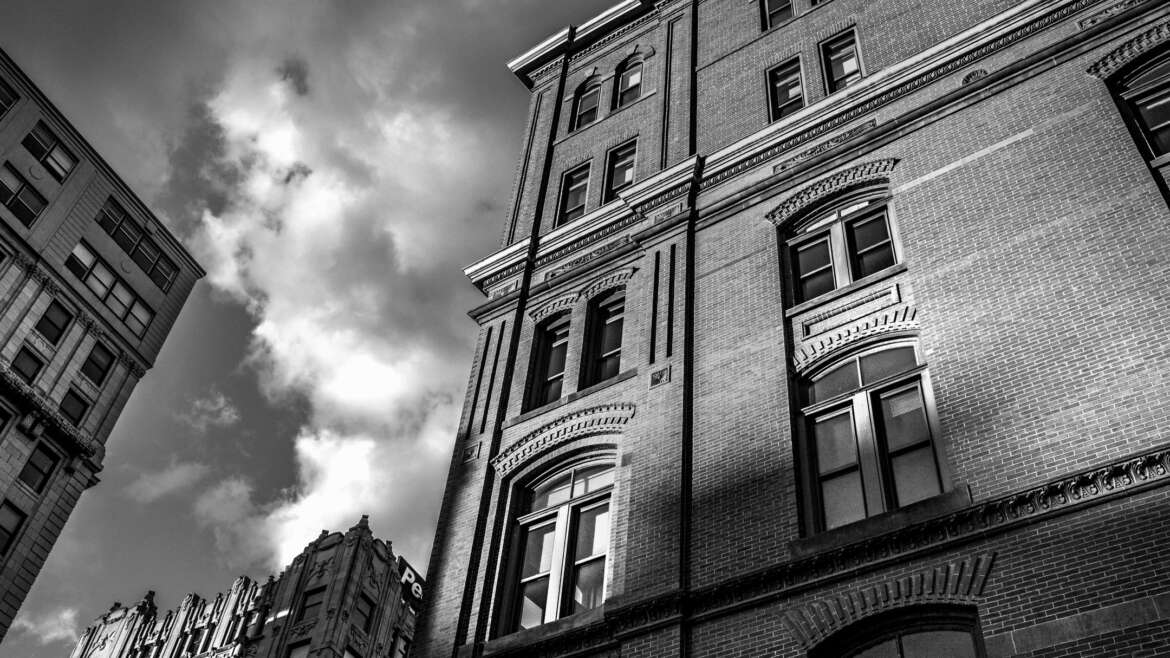
Today we’ll celebrate the fact that May is National Preservation Month and discuss historic preservation and how zoning maps can allow municipalities and citizens alike to preserve the local history. This celebration was established by the National Trust for Historic Preservation in 1973 and aims to “[instill] national and community pride, [promote] heritage tourism, and [show] the social and economic benefits of historic preservation.” The National Trust for Historic Preservation has a virtual version of Preservation Month on its website which offers a different experience each day in the month of May, all available here.
It is quite easy to see some of these benefits right here in the Ocean State. Our state loves its tourists and the economic benefits incurred when tourists visit. Often, people visit in increased numbers in the summertime for our beaches and restaurants. But a significant amount of additional tourism in the state is generated by visits to the buildings in our historic districts.
Our state has many homes and business buildings that date back to Colonial times. Municipal zoning laws, and the resulting zoning maps of the historic districts, allow municipalities and citizens to preserve history, encourage tourism, and create meaningful opportunities for everyone to witness the years and centuries past during our modern times.
Two R.I. Municipalities as Examples
Providence has eight historic districts, regulated by the Providence Historic District Commission. These districts were created by Providence in 1960 through an historic district zoning ordinance. Each zoning map is available on the website, as well as one zoning map showing all of the districts.
The City of Providence Zoning Ordinance lists all of the requirements for properties in the historic districts, including standards and guidelines for restoration work. Providence’s historic districts include buildings such as the Cranston Street Armory, the College Hill properties (Providence’s original settlement, going back to 1636), and the various residential and industrial landmarks such as the Superman Building, Lippitt House Museum, and the Old State House. The zoning map for the Providence Landmarks District (PLD) is unique in that it is non-contiguous, meaning the buildings are spread out across the city.
Newport is also a walking tourist’s dream. The Newport Mansions see many people touring the grandeur of the various homes, which follow architectural developments in America from the Colonial era into the Gilded Age. The Newport Historic District Commission is responsible for development in the Historic District. This Commission hears applications for renovation and addition work on its buildings. Also, the Commission issues Certificates of Appropriateness to approved work, required before any building permits or variances can be issued/granted, and before most exterior work can commence.
The Historic District zoning map shows that it encompasses most of the area south of Van Zandt Avenue, and includes all of Fort Adams State Park, the Touro Synagogue (the oldest synagogue in America), and many features from the city’s storied maritime history, particularly around Newport Harbor.
Businesses and Homeowners in Historic Districts
Each zoning map allows you to determine whether your home or business is within a municipal historic district. If your property falls within one of these districts, there are specific rules to follow regarding additional building and/or renovation work. You must take care to adhere to the additional regulations in historic districts, which assist everyone in keeping the historical aspects of the surrounding area intact. If you are endeavoring to build or rehabilitate buildings in an historic district and need help deciphering the added requirements, our attorneys are here to assist you. Email or call us today at 401.477.0023.
